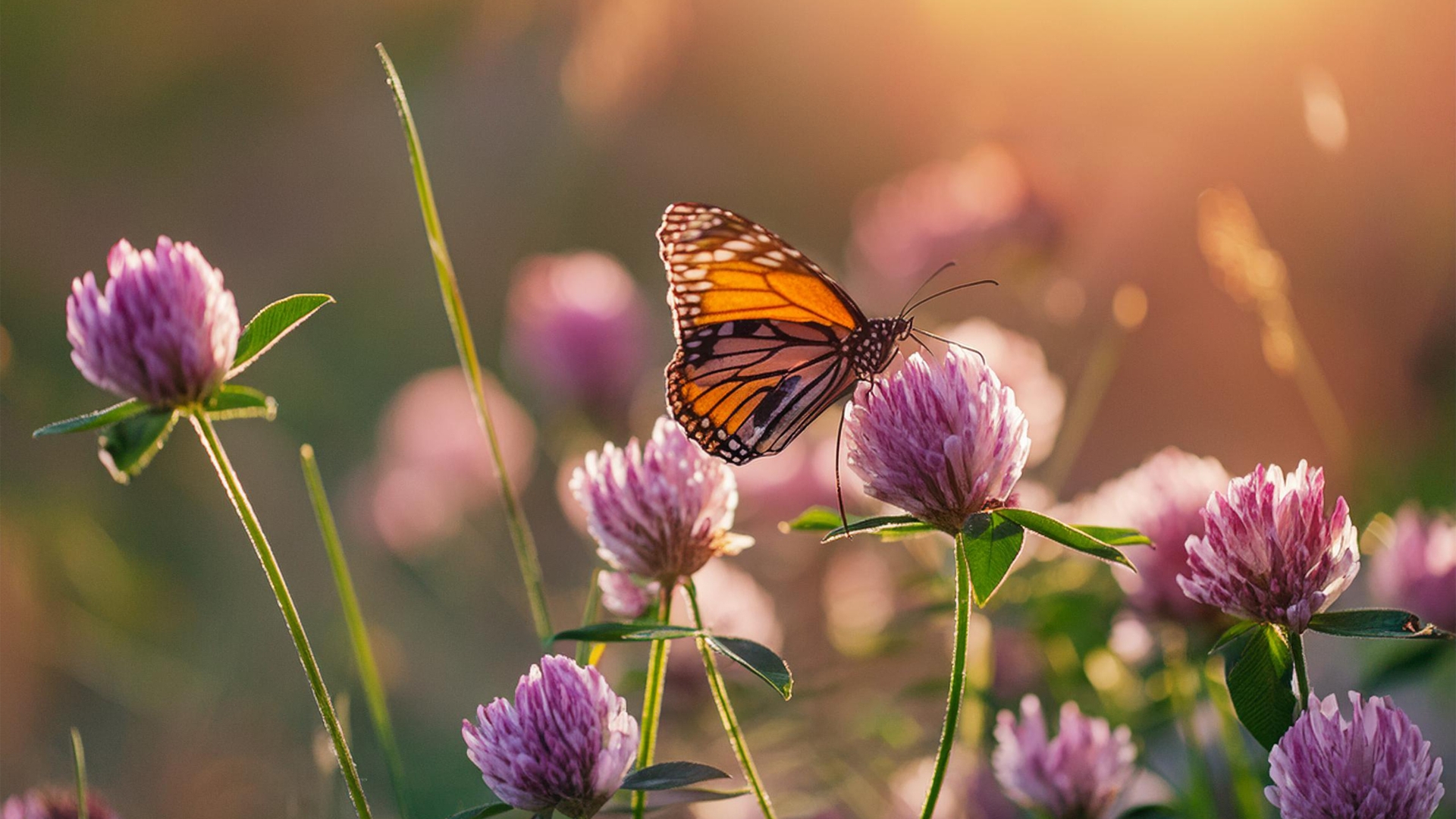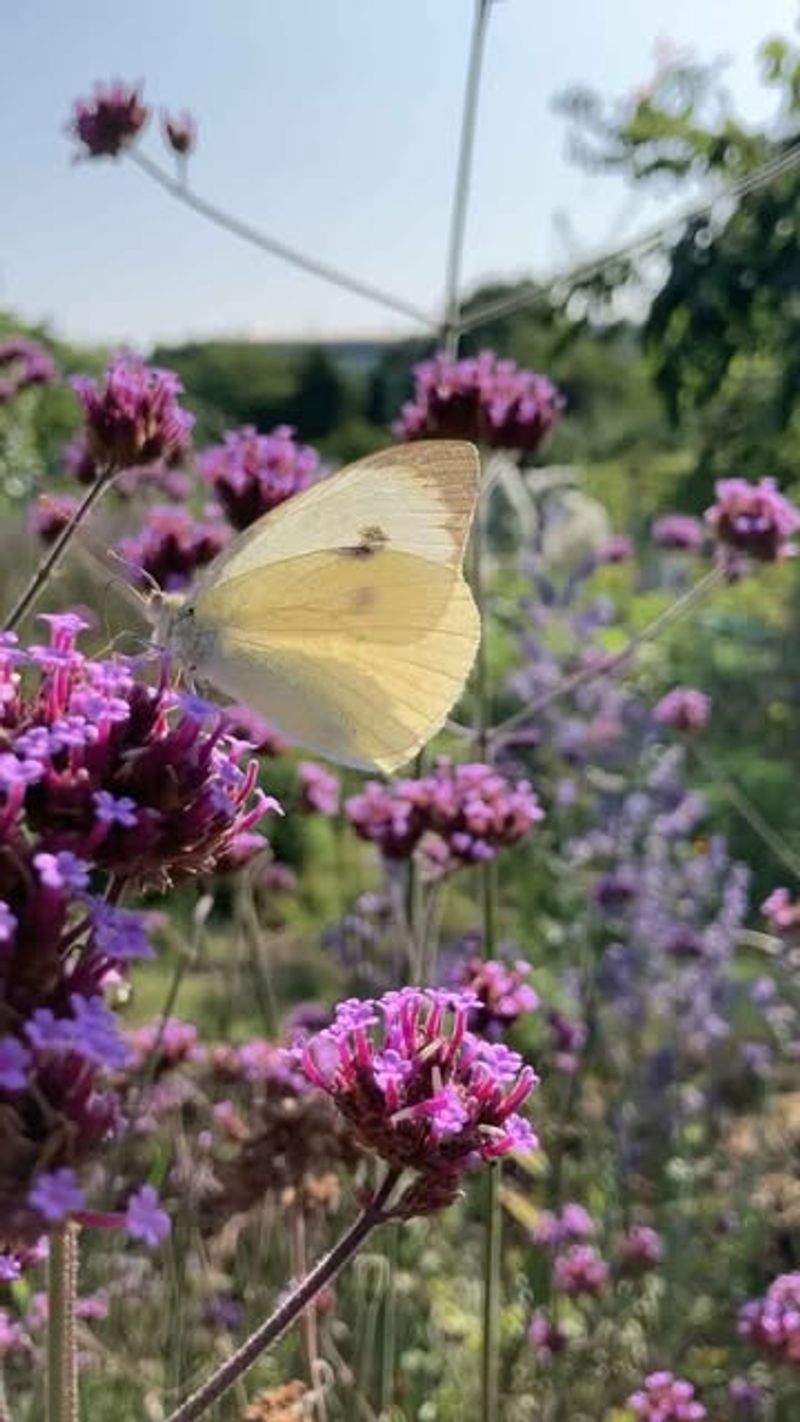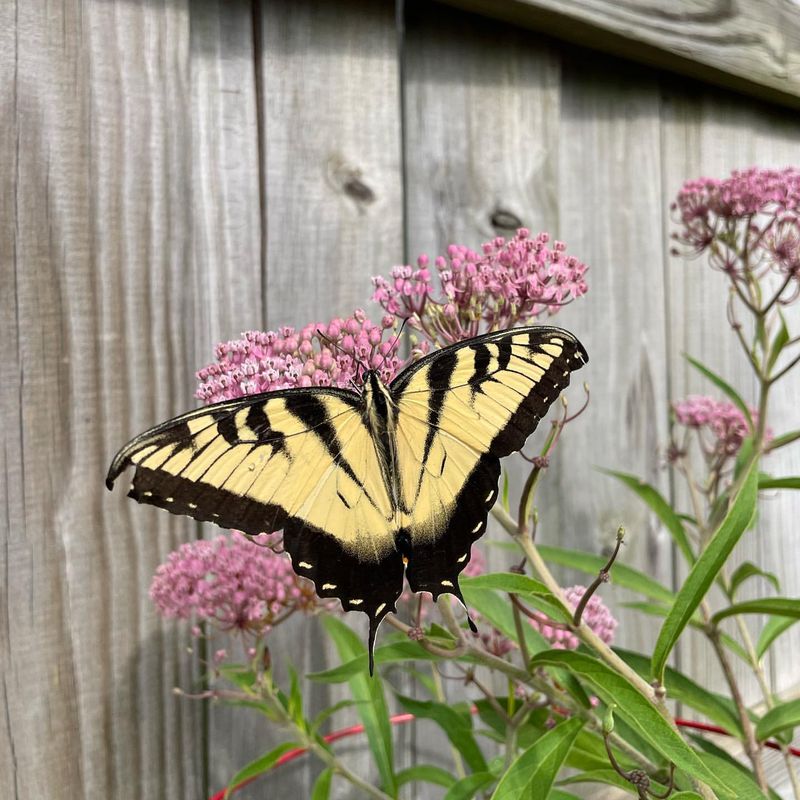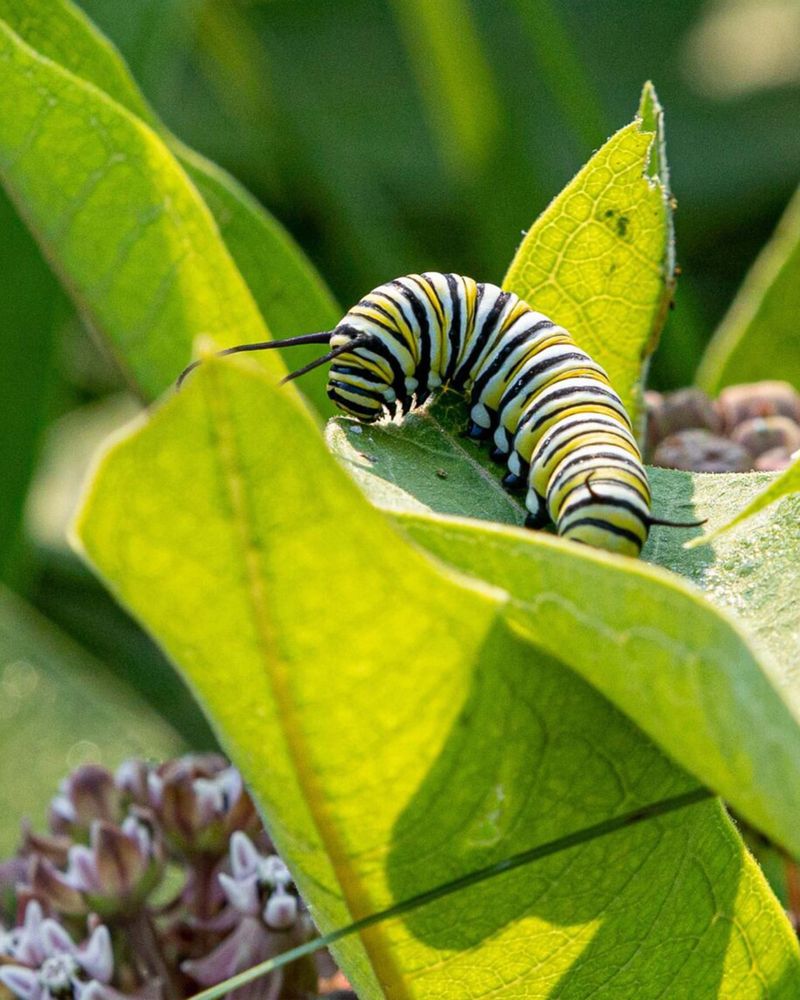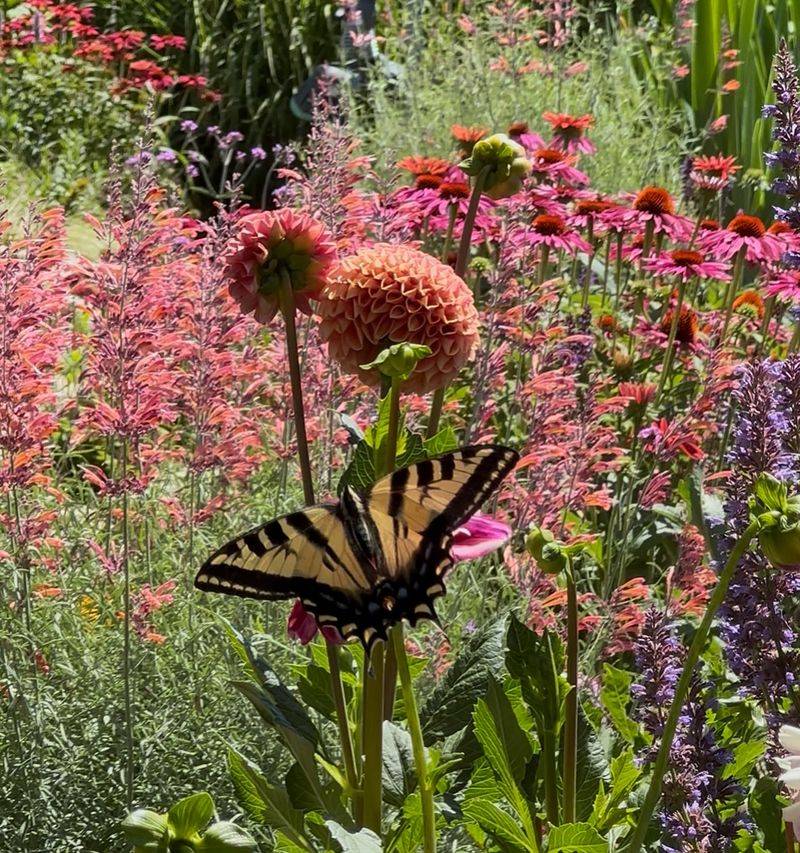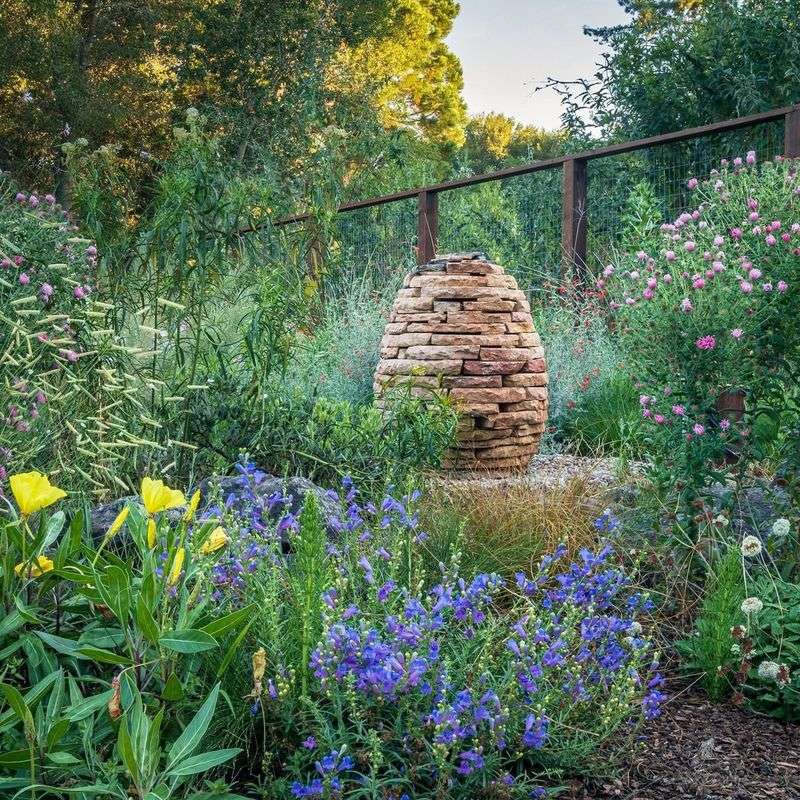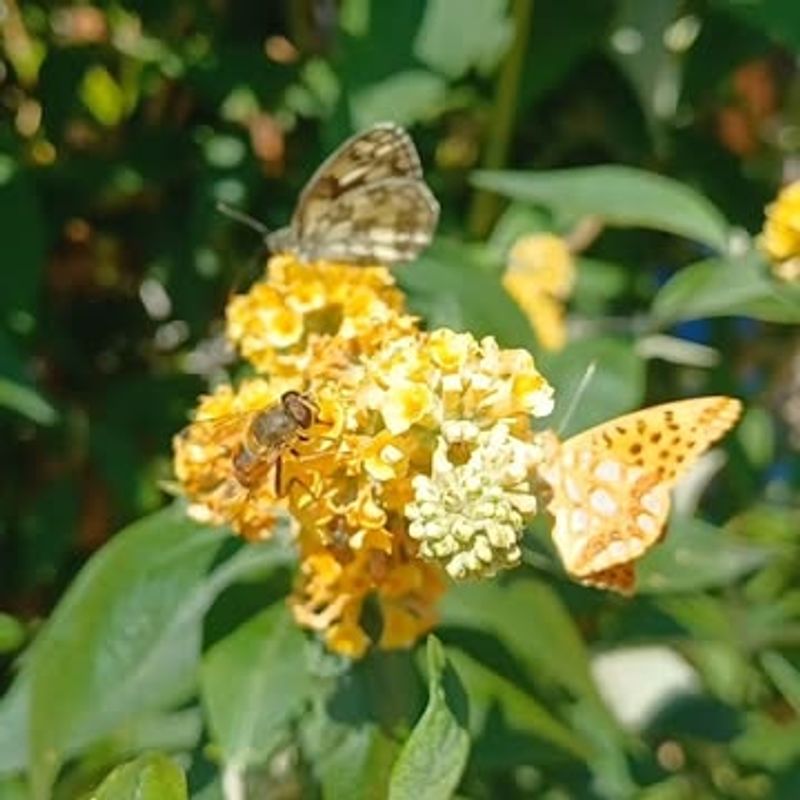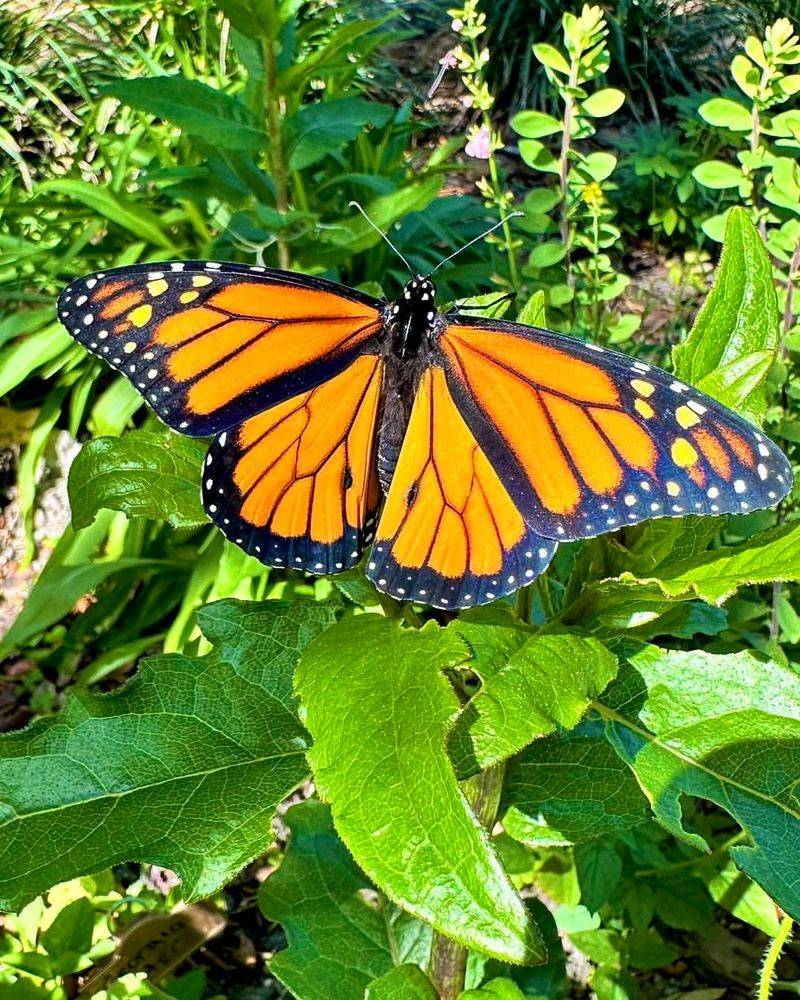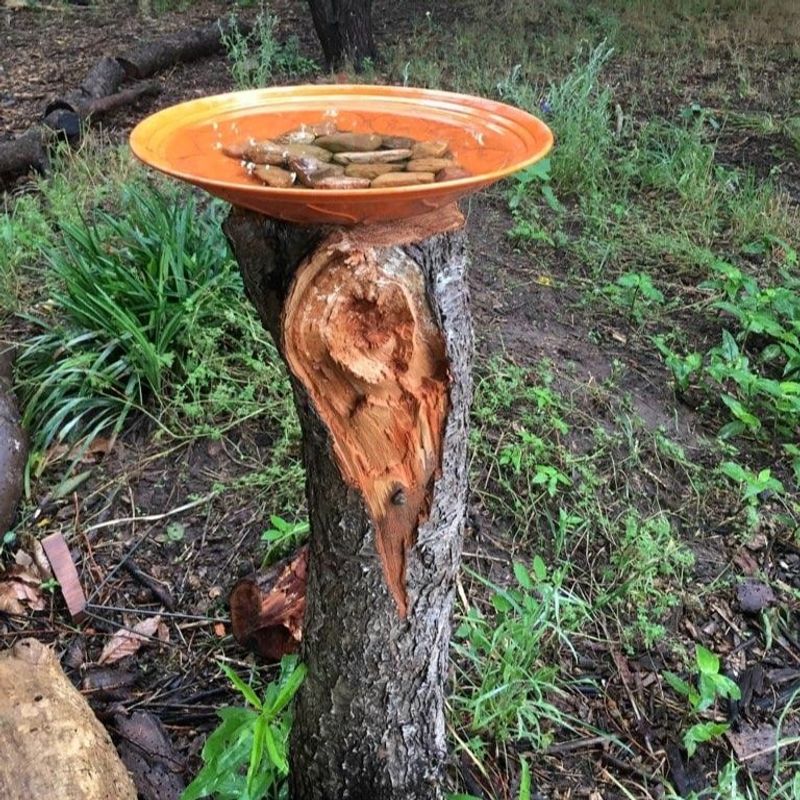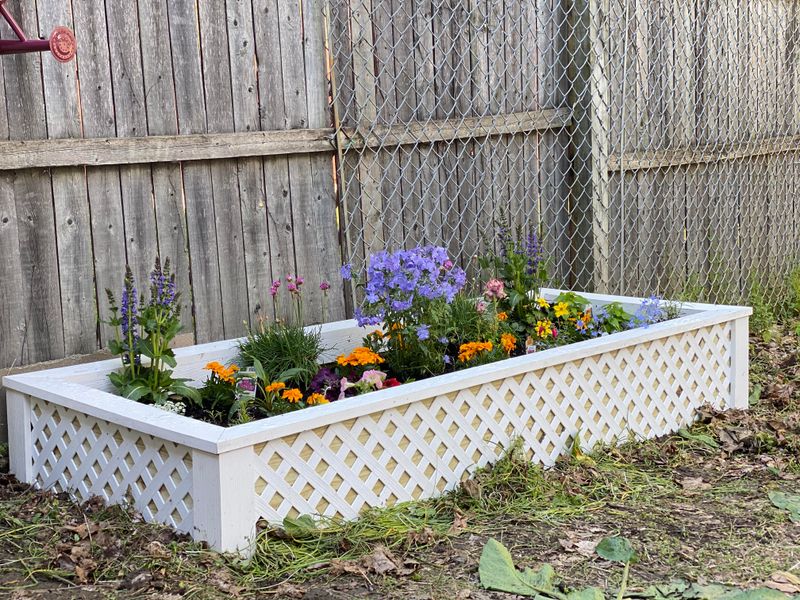Creating a butterfly garden in Richmond can turn your outdoor space into a lively, colorful haven. Using native plants makes it easier to attract local butterflies and helps support the ecosystem.
I’ve found that a few thoughtful steps can make all the difference in seeing those beautiful wings flutter around. It’s amazing how a small patch of the right flowers can bring so much joy and life.
Let me share some simple ways to get started and enjoy your own butterfly hotspot!
1. Select a Sunny Location
Find a spot that gets at least 6 hours of sunlight daily. Butterflies are cold-blooded creatures that need warmth to fly effectively.
Richmond’s moderate Virginia climate means most yards have ideal sunny patches perfect for butterfly gardens. Remember to choose an area sheltered from strong winds that might damage delicate wings.
2. Research Native Butterfly Species
Learn which butterflies call Richmond home throughout the seasons. Monarchs, Eastern Tiger Swallowtails, and Painted Ladies are common visitors to Virginia gardens.
Understanding their lifecycle helps you provide appropriate plants. The Virginia Native Plant Society offers great resources specifically tailored to Richmond’s unique butterfly populations.
3. Choose Host Plants for Caterpillars
Plant milkweed for Monarchs, spicebush for Swallowtails, and violets for Fritillaries. These Virginia natives provide essential food for hungry caterpillars.
Without host plants, butterflies can’t complete their lifecycle in your garden. Richmond’s climate supports dozens of native host plants that caterpillars need for survival before metamorphosis.
4. Add Nectar Plants for Adults
Include purple coneflower, black-eyed Susan, and Joe-Pye weed for adult butterflies. These Virginia natives provide essential nectar throughout the growing season.
Stagger bloom times so food is always available. Richmond’s growing zone allows for many native flowering plants that will keep butterflies visiting from spring through fall.
5. Create Puddling Stations
Make shallow dishes with sand, soil, and water for butterflies to extract minerals. Males especially need these nutrients for reproduction.
Richmond’s warm summers mean puddling stations need regular checking to prevent drying out. Adding a bit of salt occasionally mimics natural mineral deposits found throughout Virginia’s natural butterfly habitats.
6. Install Shelter Elements
Place large rocks in sunny spots for butterflies to bask and warm up. Include shrubs and small trees as windbreaks and overnight roosting spots.
Virginia’s occasional strong storms make shelter crucial for butterfly survival. Native Richmond shrubs like Virginia sweetspire or buttonbush serve double-duty as both shelter and nectar sources.
7. Avoid Pesticides Completely
Switch to organic gardening methods that don’t harm butterflies or caterpillars. Even organic pesticides can kill these sensitive creatures.
Hand-picking pests and encouraging beneficial insects works well in Richmond’s ecosystem. Virginia gardeners find companion planting with native herbs like mountain mint naturally deters unwanted pests while supporting pollinators.
8. Provide Sunning Spots
Arrange flat rocks strategically throughout your garden. Butterflies need to warm their wings before they can fly, especially during Virginia’s cooler mornings.
Position these sunning spots near nectar plants for convenience. Richmond’s climate means these basking areas will be used frequently in spring and fall when temperatures are more variable.
9. Add a Water Source
Create a shallow bird bath with pebbles for butterflies to land on safely. They need water but can drown in deep sources.
During Richmond’s hot Virginia summers, this water source becomes essential. Place it where you can see it from a window to enjoy watching butterflies gather for a drink.
10. Register Your Garden
Sign up with the North American Butterfly Association or Virginia’s Habitat Partners Program. This helps scientists track butterfly populations and migration patterns.
Richmond gardens contribute valuable data to conservation efforts. You’ll receive a beautiful sign for your garden while connecting with other Virginia butterfly enthusiasts who share tips specific to our region.

